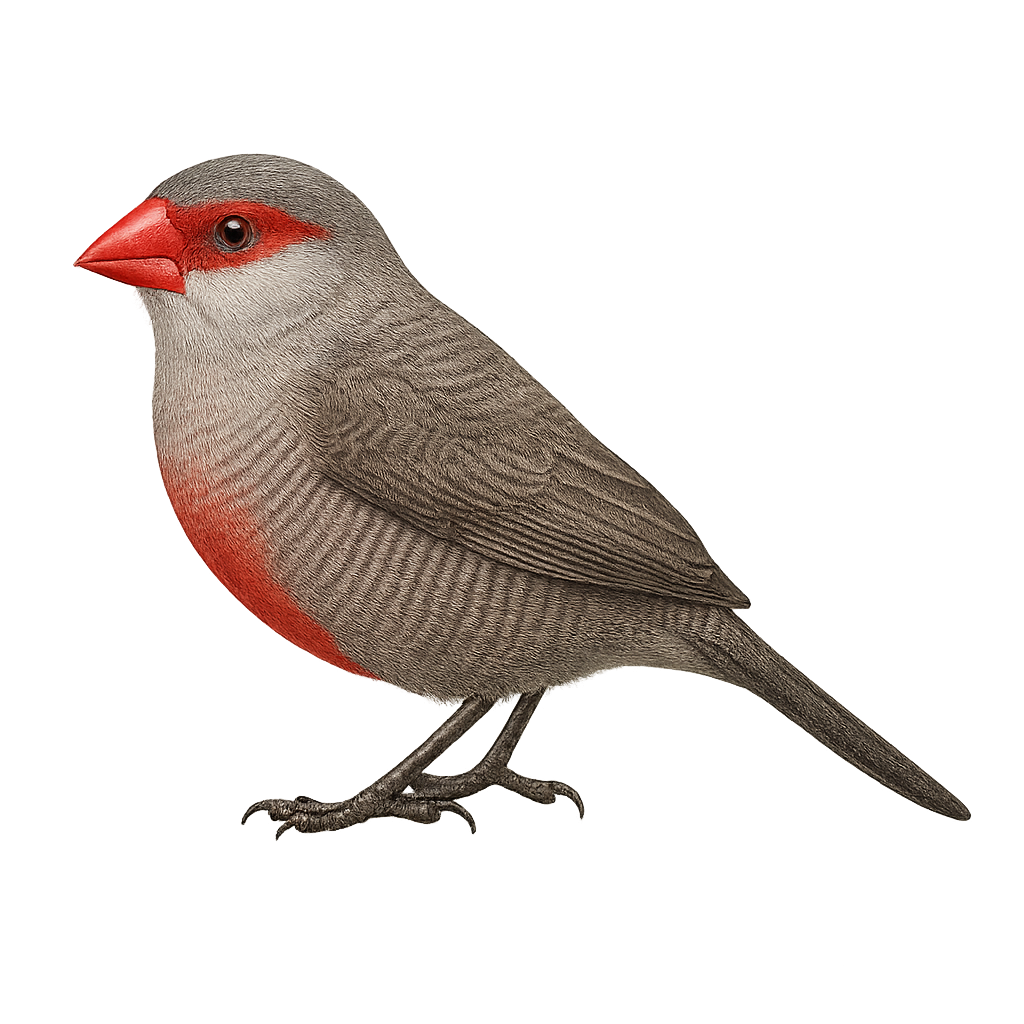Your wildlife photography guide.
Explore the common waxbill in detail, study its behavior, prepare your shots.
Where to observe and photograph the common waxbill in the wild
Learn where and when to spot the common waxbill in the wild, how to identify the species based on distinctive features, and what natural environments it inhabits. The WildlifePhotographer app offers tailored photography tips that reflect the common waxbill’s behavior, helping you capture better wildlife images. Explore the full species profile for key information including description, habitat, active periods, and approach techniques.
Common Waxbill
Scientific name: Estrilda astrild

IUCN Status: Least Concern
Family: ESTRILDIDAE
Group: Birds
Sensitivity to human approach: Tolerant
Minimum approach distance: 5 m
Courtship display: September to January
Incubation: 11-13 jours
Hatchings: September to February
Habitat:
Grasslands, marshes, gardens
Activity period :
Primarily active during the day, with peak activity in the morning and late afternoon.
Identification and description:
The common waxbill, or Estrilda astrild, is a small exotic bird native to sub-Saharan Africa. It is easily recognizable by its grey-brown plumage with a bright red stripe on its belly and around its eyes. Measuring about 11 to 13 cm in length, this bird is often seen in groups in grassy areas, marshes, and gardens. Its conical beak is adapted to its diet mainly consisting of seeds, although it also consumes small insects. The common waxbill is appreciated for its soft and melodious song. Although often kept as an aviary bird, it has also adapted well to various environments outside its native habitat.
Recommended lens:
400 mm – adjust based on distance, desired framing (portrait or habitat), and approach conditions.
Photography tips:
To photograph the common waxbill, it is advisable to use a 400mm lens or longer to capture precise details without disturbing the bird. Look for areas where they feed, such as grasslands or gardens, and be patient. These birds are often in groups, providing opportunities to capture interesting social interactions. Use a fast shutter speed to freeze movement, especially if you want to capture their quick flight. The natural light of the morning or afternoon can enhance the quality of your photos.
The WildlifePhotographer App is coming soon!
Be the first to explore the best nature spots, track rutting seasons, log your observations, and observe more wildlife.
Already 1 431 wildlife lovers subscribed worldwide

